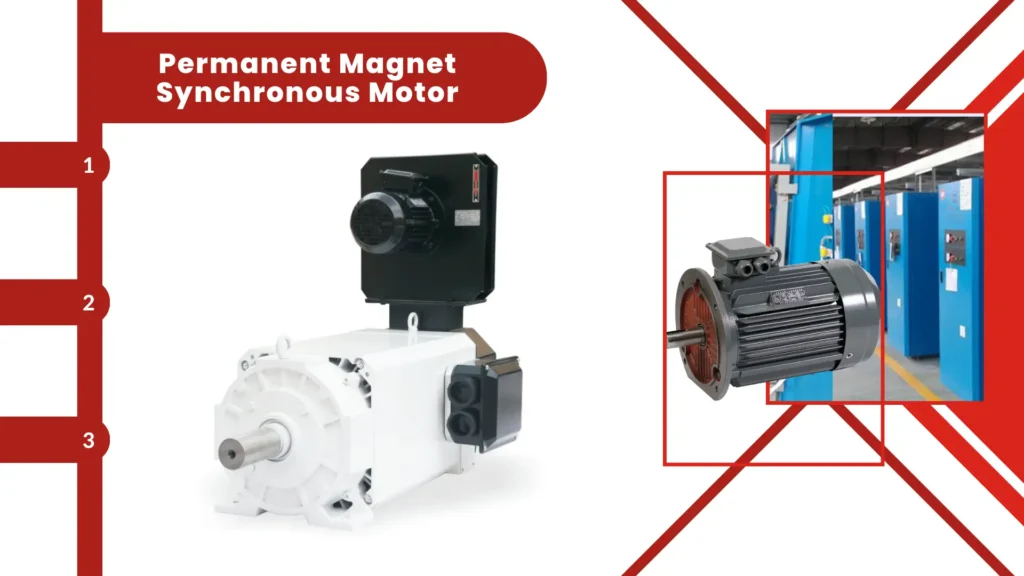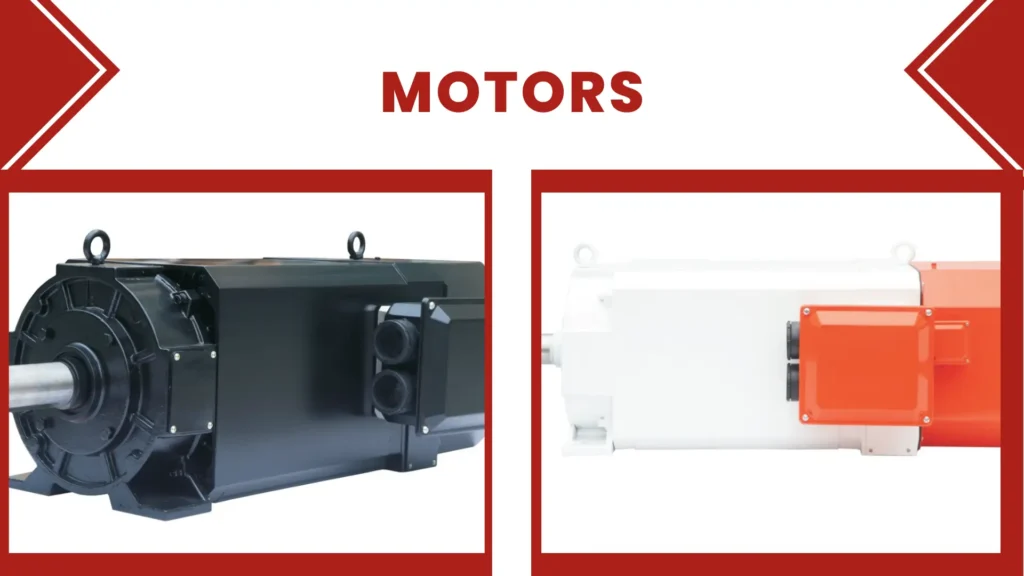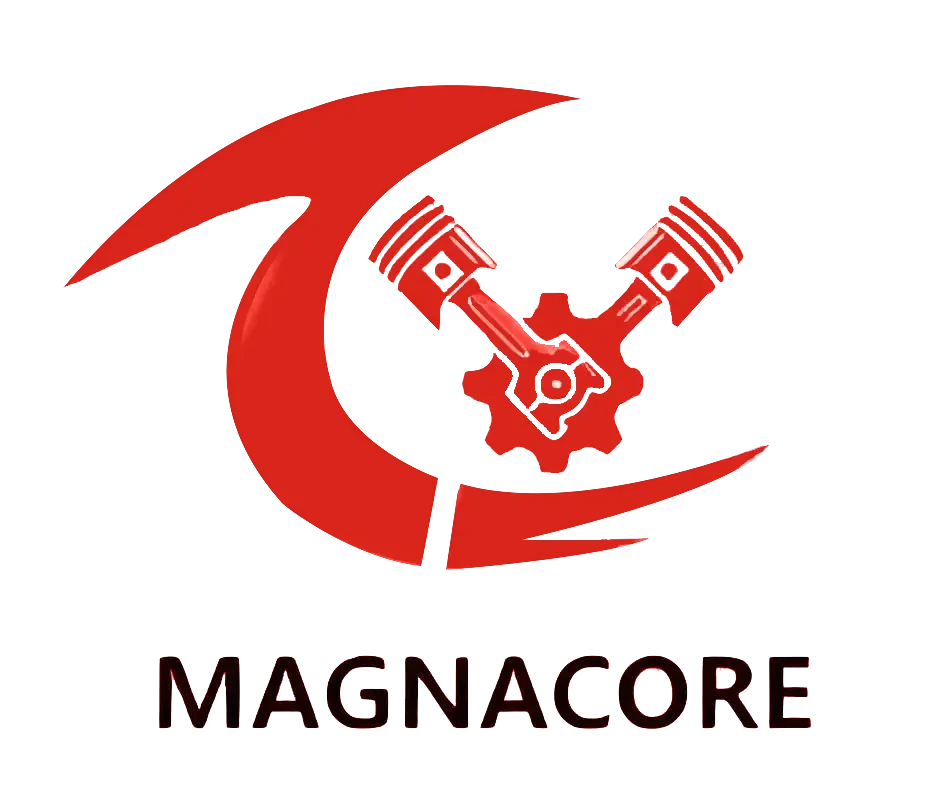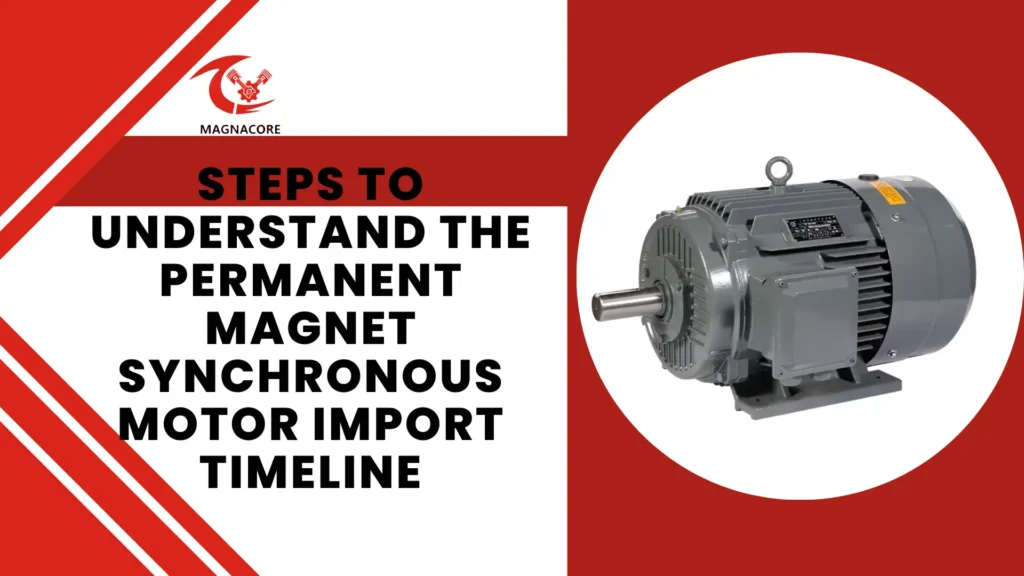PMSMs have emerged as a yardstick of efficiency and performance in this fast-moving industrial world.
Owing to some exclusive advantages, these motors are being increasingly employed in many areas.
To organizations hoping to gain from the benefits of these pioneering motors, comprehension of import timelines becomes indispensable.
What is a Permanent Magnet Synchronous Motor?
Unlike the conventional induction motors requiring excitation on their own, PMSMs have permanent magnets embedded within the rotor.
Thus, it further enhances the efficiency and reliability of the motor itself.
Higher Efficiency
Generally speaking, PMSMs are more energy-efficient compared to induction motors; this translates to lower operational costs.
It comes in especially handy in applications where energy consumption is one of the main concerns.
Compact Design
Because of their nature, a PMSM can be smaller and lighter in design than a traditional motor.
This compactness is valuable when one considers that, in certain environments, space may be limited; therefore, the compactness enlarges the possibility of more productive exploitation of available real estate.
Less Maintenance
Since the PMSMs have fewer moving parts as compared to induction ones, this simply means lesser maintenance.
This reduces the long time costs of ownership, and also cuts or minimizes any incidences of down time to ensure business operations are still at par.
The Importance of Import Timelines
Importantly, understanding the import timeline for Permanent Magnet Synchronous Motors is very crucial for a number of reasons that may have considerable repercussion on your business operations. These include the following:

Production Schedules
Delivering schedules of PMSMs will directly have an effect on your production schedule.
Delays in receipt of motors risk bringing your entire operation to a grinding halt.
What this causes is not only a disruption in workflow but possibly very costly downtime that might affect your overall productivity.
For instance, a missing critical component because of late delivery would mean idle machinery and workers, hurting your bottom line.
Correctly anticipating the import timeline allows your production schedule to fall in line better so that at the right time, all the needed components are in place.
Cost of Delays
The financial ramifications of delays in imports are immense.
In order to survive the delays, companies tend to upgrade to expedited shipment means for the timely delivery of goods and to meet the urgent deadlines of customers.
This may bring extraordinarily higher costs compared to what was budgeted initially.
Thirdly, the longer en route the motors are, the higher a risk for price fluctuations either due to market condition or change in shipment fees.
Understanding probable timelines will give you way better insight into budgeting and financial forecasting and allow you to avoid surprise expenses that can hurt funding for the project.
Factors Affecting the Import Timeline
The following are some of the critical factors that may influence the import timeframe, and knowing these can help in better planning and execution of the imports:
Manufacturing Lead Times
Manufacturers take various lead times for producing the PMSMs depending on factors such as prevailing market demand and production capacity.
When demand is high, lead times are generally much longer because orders may be given priorities. Knowledge of the lead times is vital in effective procurement planning.
Closely communicating with suppliers, and seeking an understanding of their production schedule, will help an enterprise make better decisions on when to place an order for its needs and manage its inventory levels.
Shipping and Logistics Considerations
Shipping method selection has a strong bearing on how quickly you’ll take delivery of your motors.
Shipping by ocean freight, air freight, or local delivery has different timelines and costs associated with each option.
For example, while air freight is generally faster, it is more expensive than ocean freight.
In general, the trade-offs that exist between speed and cost can be critical in understanding how to go about setting up your import strategy.
Issues related to logistics-from port congestion to customs processing times-can impact on delivery schedules, thereby calling for a need to factor this into your plans.

Compliance and Regulatory Requirements
Import rules can vary greatly between countries, which might further affect the delivery time.
Adherence in this case to local import laws, tariffs, and customs documentation will help in having a smooth process of import.
You could therefore be able to estimate delays that might occur either due to customs inspections or paperwork when you become more conversant with these regulations.
You will be in a position to avoid hiccups upon the arrival of the shipment at the border by ensuring all the paperwork is just right and complete before shipping.
How to Navigate the Import Process
Navigating the import process effectively saves you time and money, which is better applied to the growth and efficiency of your business.
Some several strategies you may want to pursue include:
Researching Suppliers
That requires you to invest a little time in locating the right kind of manufacturers.
Look out for the suppliers with the reputation of delivering good quality services by their customers.
Researching your potential suppliers will help you find out how reliable they are.
When you establish a good working relationship with an honest supplier, this may be better on the communication, improved service, and reduced problems in the future.
You can also get good quality suppliers at trade shows in your industry or online websites.
Understanding Customs Procedures

First, it is about familiarization with the customs requirements for a particular country.
Documentation is a very important aspect in the whole importation process. Any mistake or omission may result in several complications like delays, increased costs, and possibly penalties.
By knowing what paperwork will be required well in advance—such as invoices, packing lists, and certificates of origin—you will be able to speed up the customs clearance process and make the transition easier on your motors’ arrival.
Delay Planning
It is always good to buffer time into your project timelines.
Anticipating some delays does accommodate unexpected issues without too much stress on operations.
With a timeline that includes contingency periods, you can be flexible and adjust to changes in your plans if the situation demands it.
In the future, this proactive approach can make workflows seamless while reducing the stress experienced during an unplanned challenge with imports.
Conclusion
In essence, Permanent Magnet Synchronous Motors would be a formidable implement in most industrial applications and various advantageous features in efficiency and reliability.
Their timelines for import are quite an issue for successful procurement. Proper insight and proactivity regarding the elements that affect such timelines means more assurance of seamless and smooth operations for businesses.

